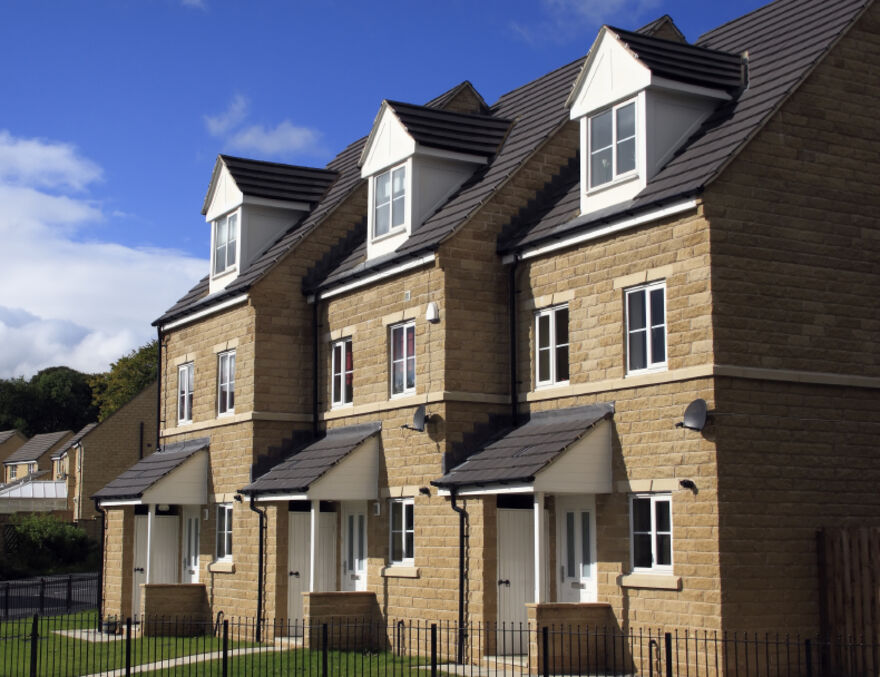The Government constantly tells us that we need to be building a lot more new homes. In 2017 it set the very ambitious target of building 300,000 new homes per year in England. As an aide to achieving this the Government established a formula for each local planning authority (“LPA”) to calculate its housing need figure, ‘the Standard Methodology’. The Standard Methodology applied the 2014 based household projections with a percentage uplift to reflect the price-income affordability of housing for a particular area, subject to a cap of 40%. The resulting figure was to be considered the minimum amount of homes which needed to be built in the relevant authority area. There was no maximum figure applied and each LPA had a duty to over-provide if possible to take up any under provision from neighbouring authorities who may have additional constraints to development, such as the Green Belt or Areas of Outstanding Natural Beauty. However despite the introduction of the Standard Methodology there has been a consistent under-delivery of new homes in England against the Government’s target.
To try to inject a much-needed boost to the delivery of new homes, in August 2020, the Government proposed some fairly radical reforms to the Standard Methodology. These would have required 75% of LPA’s to deliver more homes than already required under the current methodology and 68% of LPA’s to deliver more than their existing requirement. This was to equate to a new national figure of 337,000 new homes per annum.
After some strong representations made, many by Conservative MPs, on 16 December 2020 Government backtracked on its ambitious proposals for reform and instead introduced a slightly altered existing Standard Methodology. The change requires an “uplift” in housing numbers in certain cities and urban centres by 35%, aimed at doubling the rate of housebuilding per annum from 67,300 homes to 131,500. This uplift applies to all the London Boroughs and 19 other cities and towns. The remaining authorities will see modest changes as the figures are rebased to 2021, with the new national figure set at 297,605.
Government’s rationale for the city uplift is that these areas already have existing infrastructure such as public transport, schools, medical facilities and shops which new housing can utilise. There are also changes to the retail and commercial sector which can enable more creative use of land in the urban areas, utilising brownfield land and protecting green spaces. Finally Government’s environmental aspirations mean aiming for development which reduces the need for unnecessary high-carbon travel.
However, whilst housing delivery in cities may be politically more acceptable, especially with the emphasis on re-using brownfield land, in a post-pandemic world with a shift in living and working styles, are cities the places where people will be choosing to live? The last time the Government sought to place such emphasis on re-developing brownfield land the rate of housebuilding declined considerably. Furthermore, it was quickly demonstrated that what housing was delivered on such sites was often not what people aspired to live in. Sites in urban environments are more complex to deliver and frequently involved complex planning and viability issues. The result was unimplemented planning permissions. The current pandemic has brought into focus the fact that people want more space to live rather than less, with homes located in more suburban and rural locations where there is easy access to the countryside and green space.
There is also a question mark over whether there is sufficient brownfield land to deliver the forecasted amount of new homes. If there aren’t readily available brownfield sites this will simply lead to delays whilst developers struggle to find appropriate urban sites to build on or look to find less complex sites elsewhere which carry less risk.
So the radical changes proposed by Government to boost housing supply, through revisions to the Standard Methodology, have failed to get over the first hurdle of public consultation. One wonders how many other proposed reforms set out in the Planning White Paper, that pose far more challenges, will fare, particularly those that are more politically sensitive. In order to seek to avoid splits within its own party, the Government appears to have opted for the easiest course with the focus of housing growth within cities such as London, Leicester, Derby and Nottingham, many of which have historically failed to meet their existing housing targets, let alone inflated targets. The logic of having housing located close to jobs and services, public transport, reducing travel and re-using brownfield land sounds laudable but will it succeed in meeting the housing targets that Government has set? In current circumstances, the answer is even more likely than ever, to be a resounding ‘No’.
For more information on this topic, or if you would like to discuss any other issues relating to planning law, please contact Paul Hunt at [javascript protected email address] or Sarah Hollis at [javascript protected email address].
The information on this site about legal matters is provided as a general guide only. Although we try to ensure that all of the information on this site is accurate and up to date, this cannot be guaranteed. The information on this site should not be relied upon or construed as constituting legal advice and Howes Percival LLP disclaims liability in relation to its use. You should seek appropriate legal advice before taking or refraining from taking any action.




